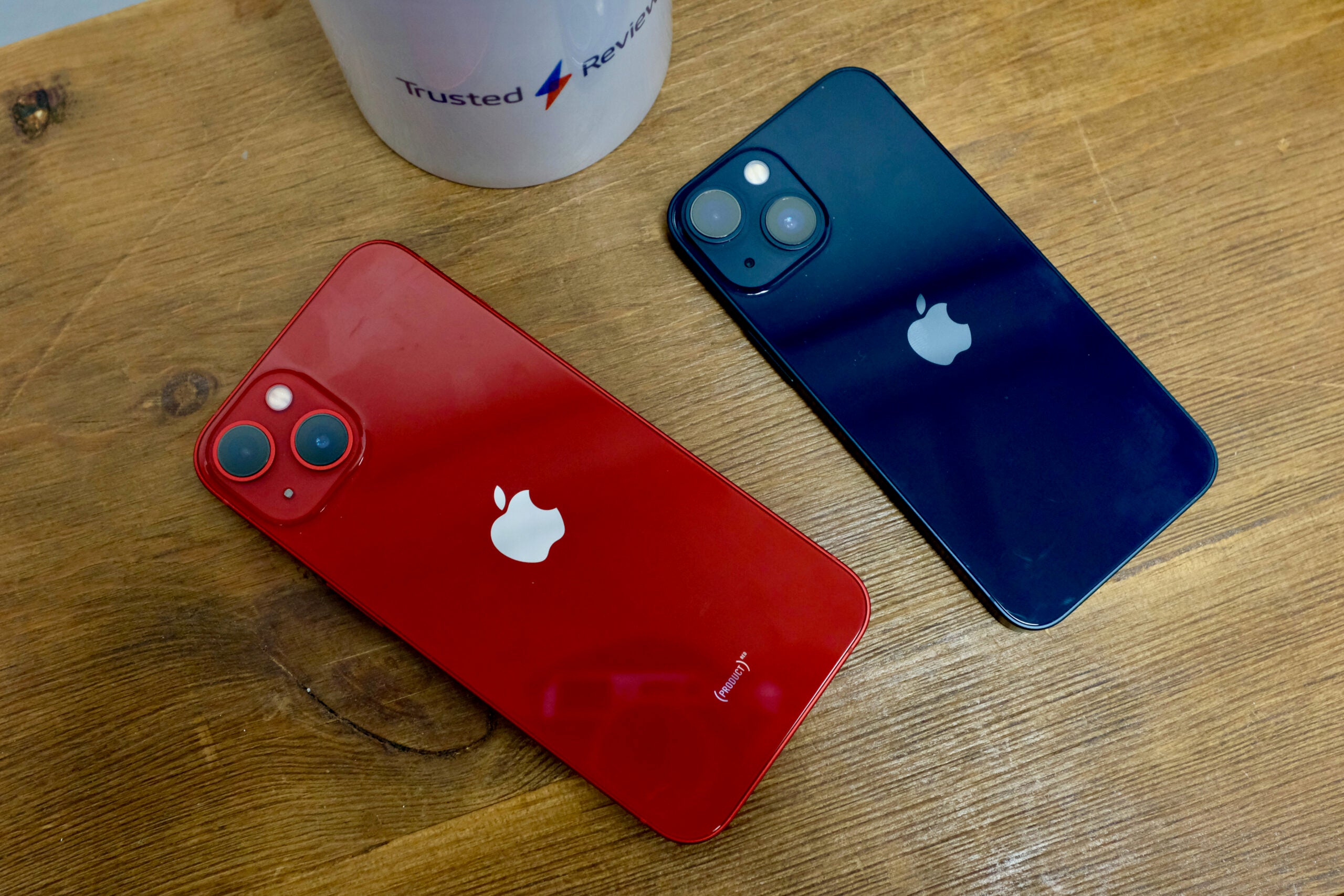Apple has just announced its latest budget-friendly handset – the iPhone 16e.
Promising to pack many of the premium features found in the flagship iPhone 16 series into a more affordable model, the iPhone 16e is looking like a great choice for most everyday smartphone users.
But how does it compare to Apple’s pint-sized iPhone 13 Mini, a device no longer sold by Apple but still beloved by many?
Although we haven’t reviewed the iPhone 16e yet, we’ve compared the specs to the iPhone 13 Mini to help you decide whether it might finally be time to upgrade from Apple’s final mini phone to something a little newer.
Pricing and Availability
The recently announced iPhone 16e is available for pre-orders from 21st February, ready for its official launch on 28th February. It’s currently the cheapest of the iPhone 16 lineup, with a starting RRP of £599/$599 for the 128GB model.
Although the iPhone 13 Mini is no longer available directly from Apple’s website, it can be found at authorised retailers. Naturally as it launched back in 2021, there are many deals readily available which means you can nab the phone for under £300.
iPhone 16e has a larger screen
At 6.1-inches, the iPhone 16e matches the pricier iPhone 16 and is considerably larger than the iPhone 13 Mini which measures just 5.4-inches. Whether this is a positive or negative depends entirely on personal preference as, while a larger screen makes tasks like streaming and gaming feel more comfortable, many prefer a pint-sized phone that fits comfortably in one hand.
Otherwise, both the iPhone 16e and iPhone 13 Mini have a Super Retina XDR display which supports a range of HDR formats including Dolby Vision and HDR10. The iPhone 16e also includes a Dynamic Island which was designed to replace the notch which is found in the iPhone 13 Mini.


iPhone 16e runs on the latest A18 Bionic chip
One of the highlights of the iPhone 16e is that it sports the same A18 Bionic chipset found in the iPhone 16 and iPhone 16 Plus. It’s worth pointing out that the iPhone 16e does have a slightly lower four-core GPU whereas the iPhone 16’s GPU is five-core, which means the latter will be slightly faster and more efficient.
Otherwise, the use of A18 enables the running of the generative AI toolkit Apple Intelligence which includes a large range of AI-powered features including Image Playground, Writing Tools and an improved Siri.


Whether Apple Intelligence is enough of a reason to upgrade to the iPhone 16e, or even the iPhone 15 Pro, is debatable. Having said that, as the iPhone 16e is offered as a budget-friendly handset, the fact it supports the toolkit is undoubtedly impressive.
The iPhone 13 Mini instead sports the A15 Bionic chip which, although we found to be a powerful processor and able to cope with heavy tasks like gaming easily, simply doesn’t support Apple Intelligence.
iPhone 16e has a 48MP two-in-one camera system
The rear of the iPhone 16e looks somewhat similar to the iPhone SE 2022, thanks to its singular camera. However, Apple explains that this is actually a 48MP two-in-one camera system which can take “super-high-resolution photos” and sports an integrated 2x Telephoto.
The iPhone 13 Mini on the other hand is made up of two separate 12MP lenses: one main and another ultrawide. As we know, you shouldn’t judge a camera purely by its resolution, so we’ll have to wait until we review the iPhone 16e to see how well the cameras really compare.
However, the iPhone 13 Mini includes Cinematic mode which brings across the Portrait mode for video recording and, while the iPhone 16e will record in Dolby Vision up to 4K at 60fps, Cinematic mode is currently missing from its listing.


iPhone 16e is the first to sport Apple’s C1 modem
Previous iPhones, including the iPhone 13 Mini, have relied on Qualcomm chips for 5G but this has changed with the iPhone 16e, as it’s the first handset to sport an Apple C1 modem. Designed by Apple, C1 promises this modem will be the most “power-efficient modem ever on an iPhone” while delivering fast and reliable 5G connectivity.
This means that the iPhone 16e should boast a “breakthrough” battery life, which Apple states will offer up to 26 hours of video playback and up to 90 hours of audio playback.
iPhone 13 mini has more colour choices
While the iPhone 16e is only available in a choice of two matte colours, White or Black, the iPhone 13 Mini boasts a huge choice of six colours, including Green, Blue, Pink, Starlight, Midnight and Red. Both the iPhone 16e and iPhone 13 Mini have a glass back too.


Early Verdict
Although we haven’t reviewed the iPhone 16e yet, its specs suggest it’s set to be a solid upgrade over the 13 Mini, thanks to its powerful chipset, Apple Intelligence support and promise of better battery efficiency. We’ll have to wait until we get our hands on the mobile to come to a conclusive decision and to see where it sits in our best iPhone list.
On the other hand, the iPhone 13 Mini is one of the only handsets on the market that’s a genuinely small option at just 5.4-inches. If you upgrade to the 16e, you are going to be losing out on the small screen – however the new model now sits as the smallest iPhone.



